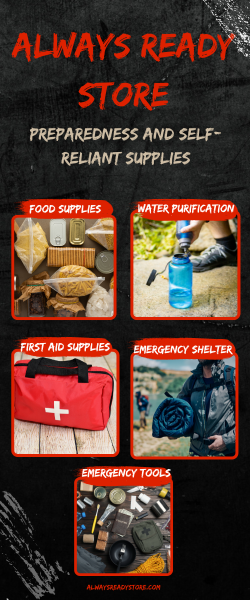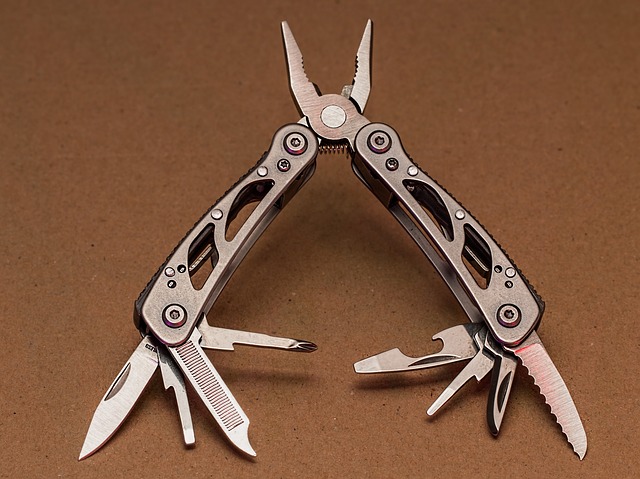
by Preparation | Apr 9, 2025 | Preparation Call, Preparation Guide, Preparation Supplies
Human beings have a strong will to survive, but that will can easily get beaten down when faced with overwhelming situations. A situation is only overwhelming when there’s a lack of knowledge or skill. When you know what do to because you’ve already planned ahead of time, you can act on instinct rather than react in a panic.
 Fire drills are practiced in schools (and should be in your home, too) so that everyone will know what he or she is supposed to do. When you perform a task often enough, you can do it automatically without thinking about it when an emergency hits.
Fire drills are practiced in schools (and should be in your home, too) so that everyone will know what he or she is supposed to do. When you perform a task often enough, you can do it automatically without thinking about it when an emergency hits.
Test yourself by conducting drills by going camping on the weekends and only bring your survival bag. Camp in inclement weather so you’ll be prepared to handle that, but remember to let someone know the area where you’re going to go camping.
Practice often so you’ll know what to do in the event of weather disasters, health emergencies and threats to your safety. Practice using the first aid kit, treating a wound, an unconscious person, practice setting a broken bone, treating a burn, etc. Practice what to do if you’re unable to call for help and you’re wounded.
It’s important because the best way to survive is to practice what you’re going to do in any worst case scenario. You might not live in an area prone to tornadoes, but that doesn’t mean one won’t happen-be prepared for the unexpected.
Get a FREE Subscription to PREPARE
Number one, prepare yourself mentally. If you allow the situation to overwhelm you or to make you fall into the trap of self-pity, your survival odds drop. The first step to take is to assess your situation and realize that you need three things – shelter, food and water. Of the three, find shelter first, a water supply second and food last.
Of course, practice is easy when you’re already prepared for survival. You should have a stockpile of food and necessities already gathered in your emergency pantry for your survival.
You should have staples in large quantities. Have water jugs filled and ready in your emergency pantry. Besides food, have batteries, flashlights and a camp stove put back as well.
But you should also get survival guides and study those so that you’ll know what to do if you have to get your food source from the land. For example, some people advocate eating plants, but certain plants will not only upset your stomach, they’ll kill you. What you want to do is to hope the worst case scenario never takes place – but you want to be prepared for it if it does.
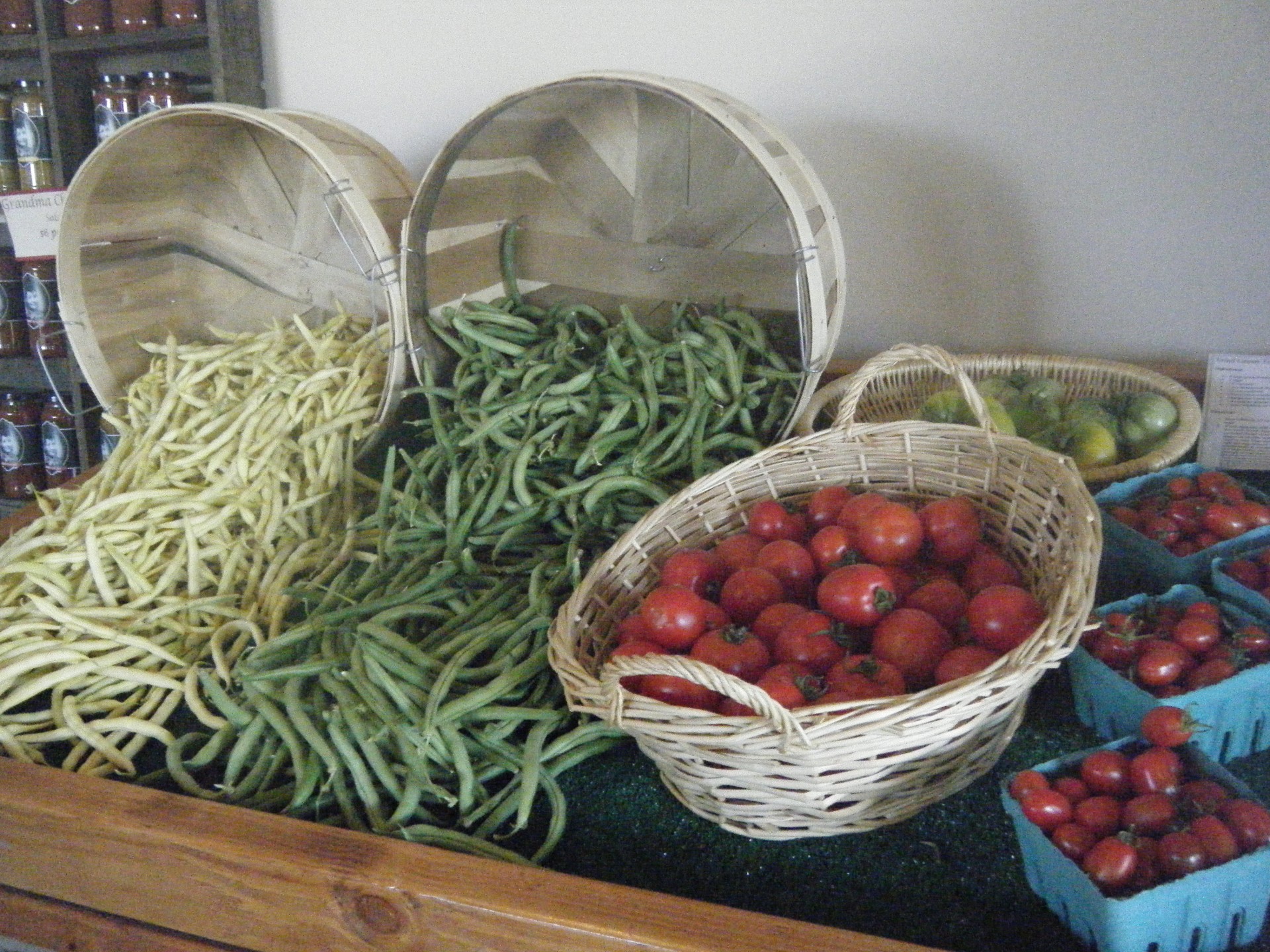
by Preparation | Apr 9, 2025 | Preparation Guide, Preparation Supplies, Preparedness
It seems that everywhere you go now people are looking for ways to be better prepared for potential difficulties ahead. Most people consider Long-Term food storage as one of the areas they are most concerned about. They look for helpful ideas on ways to store food supplies in the event there is a need.
Whether you agree with the need for long-term food storage or not, it is never a bad idea to have at least a small stockpile of food in the event of an emergency. Inclement weather events, power outages, and other disasters could make finding food outside of your home nearly impossible. Having some food and water supplies to fall back on is a smart and safe plan.
Why Should You Have Long-Term Food Storage?
Consider this very realistic scenario: What if you were caught in a long-term power outage due to a severe storm that caused flooding and major damage to roadways. Years ago, my family was impacted by a hurricane that took an unexpected turn and ended-up as a direct hit on our area. We had some supplies on hand, but not enough really to get us through a long-term situation. We survived but we should have been better prepared. We never imagined that we would be stuck in our home for weeks.
Events such as this, and a long list of other possibilities, could happen to you. Having a plan to survive and thrive in any situation, including enough food and water to fall back on, will keep you and your family safe and healthy despite the drastic situation.
How Much Food Should You Store?
Every home should have a minimum of five days’ worth of food and water appropriate for their family size, but having at least two weeks’ worth is much preferred. The rule of thumb for water is one gallon of water per person per day, and do not forget to count children and pets at up to a full gallon of water each as well. The amount of food will depend on your family, but there should be enough to provide enough calories and nutrition to keep you healthy. At the very minimum, each family member should be able to have at least one full meal per day.
What Kinds of Food Should You Store?
You will want to stock food that has a minimum of a 3-6 month shelf life, and keep that stock rotated so that nothing is spoiled should an emergency occur. Look for canned goods and other non-perishable foods that your family will eat. It will not do much good to only stock canned foods that no-one likes, because then it will be less likely that everyone will consume enough food and get the proper nutrition.
What Are Some Examples of Foods to Store?
Ready to eat canned goods that do not require cooking before consumption, granola bars, dried milk, peanut butter, nuts, and protein bars are all examples of good items to store. Crackers, bread, and similar products are good to keep as well – as long as you keep the stock rotated and keep in mind that they will not last as long as non-perishable items.
How Do You Store Food Items Long Term?
Have a shelf, closet, pantry, or cellar dedicated to your emergency food storage. Everything in your emergency food supply should be stored in airtight containers and you will want to have extra storage containers and/or zip lock bags to keep opened items in. Keep a list or clearly mark all boxes, cans, and bags with expiration dates and “opened on” dates and keep your stock rotated and free of expired items.
Keeping a stockpile of food and water for your family to fall back on in times of need is a responsible part of emergency preparedness. Should a large storm or other disaster occur in your area, you are more likely to be able to survive comfortably for longer. These tips should help you build and maintain a long-term food storage.
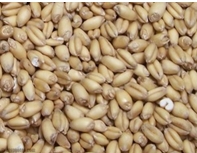
by Preparation | Apr 9, 2025 | Preparation Call, Preparation Guide, Preparation Supplies
 If you are in preparedness, here are survival supplies you should be storing long-term.
If you are in preparedness, here are survival supplies you should be storing long-term.
Surviving long-term after a disaster will depend on how well you prepared before the disaster struck. You need to gather what you need to survive right now. You can store the items in a cool, dry place and have it on hand for when it’s needed.
There are four important things you have to remember when preparing for long-term survival. Those four things are: the need for shelter to be safe from the elements, first aid, food and water and the ability to protect yourself from people or animals that would attempt to harm you.
Long-term supplies to set aside for safety from the elements should be tents for each member of the family if you’re going to use single man tents, sleeping bags, thermal blankets and ponchos.
Safety from the elements also includes the ability to keep warm if necessary. You’ll need an axe for cutting wood for fires, a way to start a fire – such as waterproof matches or a lighter, gloves and a multi tool.
Get a FREE Subscription to PREPARE Magazine
For first aid survival, you’ll need a first aid kit that includes insect repellent, personal hygiene items and field dressings. You’ll need tweezers, scissors and a surgical kit. You may not know how to close a large wound, but in case you have to save a life, you should know this information. You can keep a how-to guide on hand with your supplies. Make sure you have supplies that will treat teeth or eye problems too.
You should be able to protect yourself and your family from harm. Some people choose to arm themselves with guns and ammunition. If you choose to do that, make sure you store the ammunition in a waterproof box.
In the event that long-term survival is needed, your food supply should already be on hand. You’ll want foods that can store for years without the possibility of spoil. Start with your basic foods – like sugar, coffee, powered milk and staples like flour and salt.
Foods that will keep stored for many years are peanut butter, beans and rice. Canned foods are an excellent choice to have on hand as long as you have a handheld can opener. An electric one won’t do you much good if the power is out!
Store up canned foods like chili, fruits, soups and meats like tuna, salmon, and chicken. Trail mix, beef jerky and powdered juices can all be safely stored for years. If you prepare now, you can make homemade canned items like fruits and vegetables that can last until they’re needed.
When you’re storing foods that are in packages, you’ll need to put those down into a container to keep them safe from insects or mice. You can buy bulk supplies of MREs (meals ready to eat) that can feed an entire family for a year or longer.
Have communication sources like a cell phone and a battery operated CB radio. You’ll want to get LED flashlights and lanterns, waterproof bags for clothing and you’ll want to have a way to clean your clothes. Store a laundry board and a five gallon bucket with some laundry soap and bleach.
Because stress can build quickly in a long-term survival event, store games and other stress busters with your supplies, especially if you have children.
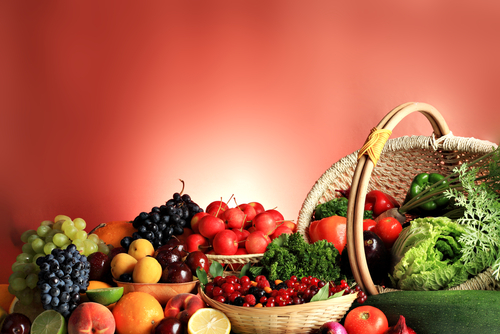
by Preparation | Apr 9, 2025 | Preparation Call, Preparation Supplies
Sometimes it may become necessary for you to tighten-up and live frugally. Living on a Survival Diet in a Pinch may become an urgency.
 In the cities and towns of most states, there are dozens or more supermarkets. Fast food places are in abundance so there’s a never-ending variety of food choices. With all of these food choices, you might find it surprising to learn you can actually live and thrive on only a handful of different foods.
In the cities and towns of most states, there are dozens or more supermarkets. Fast food places are in abundance so there’s a never-ending variety of food choices. With all of these food choices, you might find it surprising to learn you can actually live and thrive on only a handful of different foods.
Not only can you thrive on fewer food choices, but your body will be able to get the nutrients it needs to be healthy even on less. Why is this important new? Because in the event of a natural catastrophe or a government economic meltdown, you’ll have to be prepared to survive.
When you have no access to supermarkets or other places that sell food, all you can count on are the food supplies that you can take in your backpack or the food that you get from living off the land.
Your body needs protein, fats and carbohydrates. Since a backpack can’t hold all of the food you need for a long-term survival situation, you have to be prepared. Your body has to have the bare necessities in order to live.
Some of these bare necessities are known as superfoods. They not only give the body great nutrients – such as iron and calcium – but they can be dried for longer periods of storage time, too.
You want to make sure that your body has what it needs to stay healthy, so you’ll want foods that contain vitamins and fiber. You’ll also want foods that are loaded with antioxidants, too.
Potassium foods are good for the body – as are foods that can lower your cholesterol. Foods from sea and natural waters can help provide the nutrients your body needs as well.
Get a FREE subscription to PREPARE Magazine
Getting ready now to live off the land makes good sense. If you have foods already growing that can feed yourself and your family, then you can do well with long term survival.
It’s a good idea to have emergency food packed, but you don’t know how long that food is going to have to last you and eventually the rations will run out. But you can begin now and plant foods that can be the staples you need.
You can grow fruit and all sorts of healthy foods. In fact, living off the land, off the foods you grow for yourself, is actually better for you than what you can buy prepackaged at the supermarket.
Prepare now by planning your garden with seeds and plants, but also take the time to learn what plants that grow in the wild are edible in case you and your family have to leave the area where your garden is growing.
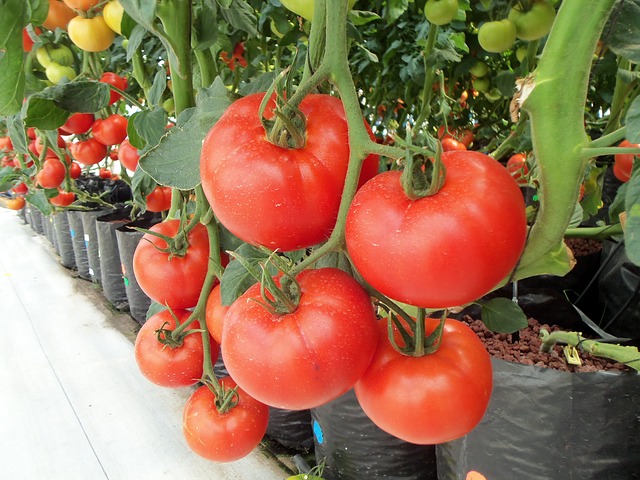
by Preparation | Apr 9, 2025 | Preparation Call, Preparation Supplies
In this article, we share helpful information about the Purposes of Hydroponics Greenhouses.
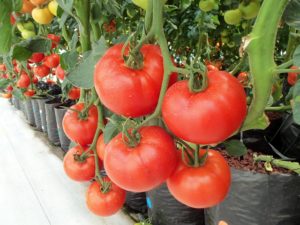 Hydroponic greenhouses provide an inorganic method of raising plants. Most plants that are hydroponically raised must be treated with proper care in controlled conditions. The use of gravel is common on this kind of greenhouses where the gravel supports the roots of the plants because no soil is used in raising the plants. It also balances the assorted nutrients that feed the plants in the form of liquid.
Hydroponic greenhouses provide an inorganic method of raising plants. Most plants that are hydroponically raised must be treated with proper care in controlled conditions. The use of gravel is common on this kind of greenhouses where the gravel supports the roots of the plants because no soil is used in raising the plants. It also balances the assorted nutrients that feed the plants in the form of liquid.
Those large commercially oriented greenhouse have automated ways to refine and propagate seeds. All the things needed to grow the seeds are all set with automated care and maintenance. There are sensitive sensors on the gravel that automatically turns on the pumps that contains water or other chemical solutions that are applied on the seeds.
Using hydroponic greenhouses gives a gardener the advantage of increasing the crop amount yielded in a single harvest. In normal agriculture, he may only produce the regular crop harvest. He may double or triple the crop production by applying the methods in hydroponic gardening. It should create big success in his greenhouse by using chemical fertilizers rather than the usual potting soil or organic fertilizers.
Get a Free Subscription to PREPARE Magazine
Steve Fox of New Mexico proposes that greenhouse gardeners should increase the production of yielded crop by extensively practicing the use of inorganic chemical fertilizers. He may also avoid poisoning the soil from organic chemical fertilizers that kills the living microorganisms that are essential in the natural growth of the plants. He says that these chemicals should be used only on controlled conditions by special hydroponic greenhouses where the destruction of the gravel beds will be avoided which are important in the for the root support of the hydroponically raised plants.
A person may wonder how the food he eats comes from hydroponic greenhouses knowing that this method used chemical inorganic fertilizer. This could bother a person’s mindset on the food that he eats. Many nutritionists have proven that these vegetables or fruits that came from hydroponic greenhouses are safe and nutritious because plants only absorb the fertilizer in an organic state.
Daniel Arnon, a physiologist professor from the University of California have stated that the plant nutrients acquired from organic composts are applied to plants when they are converted into inorganic state because of the role of the microorganisms to fertilize the soil. Many food scientists have studied and proved that all fertilizer elements should be converted first into soluble form before the roots of the plant use it.
The widely used chemical fertilizers have oriented many greenhouses to feed the crops and not the soil. This may result to the death of the soil because of the break down of the organic composition. When it comes to fertilizing the soil, it is important to remember the proper organic steps to feed the soil so that it will produce sufficient inorganic fertilizer needed to produce more nutrients in it. This points out that organic gardening may not necessarily produce the needed nutrients, where in organic fertilizer must be formed first to supply the nutrients in the organic form.
When a person applies raw chemical fertilizers on the soil, he may affect the soil condition. Microorganisms that may have been living in the soil would surely die because of these artificial fertilizers. The soil can no longer grow any plants unless the continuous use of chemical fertilizers is applied.
Hydroponic gardening may not need the services of the soil. The plants are fed through exact nutrient dosages to increase their production and for faster growth. Business minded persons are interested on this kind of method. On the other hand, the world today cannot anymore accommodate the growing demand for food because of the unstoppable growth of the world’s population that is why chemicals are now widely used on many crops to satisfy with the increasing demand for food supply.
Get a Free Subscription to PREPARE Magazine
Many experts realize that the use of chemical solutions in crops is bad for the environment. Most of these chemical solutions are made from petroleum products that should give a person the conclusion that these products are pollutants. However, the present times dictate the need to accept this reality because of the need to supply the farmers with the needed chemical solutions to produce and harvest more crops to sustain the production of food.

by Preparation | Apr 9, 2025 | Preparation Call, Preparation Supplies
 Surviving in any outdoor situation means that you have to have the gadgets that can help you. While there are many tools available that offer to help ensure survival, there are five top gadgets that no one should be without.
Surviving in any outdoor situation means that you have to have the gadgets that can help you. While there are many tools available that offer to help ensure survival, there are five top gadgets that no one should be without.
These are all items that contribute to your safety and need for food, water and shelter. These are gadgets that will make your experience in survival mode easier.
A solar powered charger for your cell phone and radio will help ensure that you can call for help if you need to. There are gadgets available that are a 3 in 1. This means you can charge your cell phone, have a radio and a flashlight all contained one easy to carry gadget.
Go Here to Find more Preparedness Supplies
Portable solar cookers are great gadgets to have. They set up anywhere and provide a method for you to cook on and boil water for clean supplies in an instant. You can use this at home too when the power’s gone out.
A good UV water purification tool – which looks like a wand and purifies your water in just under a minute – can help you achieve safe drinking water in a flash. No more pills to buy, just let these gadgets do their work.
A flint and knife bracelet is the perfect pairing for survival experts. It’s a little corded bracelet that fits around your wrist and gives you immediate access to a fire starter and a sharp knife right away.
A tent hammock is another gadget that’s perfect for survivalists to own. Not only do you get protection from outside intruders like mosquitoes, but you’re lifted off the ground to protect you from water or land animals.
There are so many survival gadgets being created to help people get prepared. There are containers that create power from any form of liquid, clothes that repel bugs just based on the materials they’re made from, and solar backpacks that have a solar panel soaking up the sun while you trek around so that you can use the energy it absorbs later.
Go Here to Find more Preparedness Supplies
You always want to make sure that all of your basic needs are met and prepared for before you begin investing in cool gadgets. It’s much better to have a 6-month supply of MREs for the family than to own the latest bug out gear.
But once you have the necessities met, it’s perfectly fine to begin upgrading your efforts with items that contribute to your convenience. Having to be in survival mode is hard enough – so anything that makes the experience less traumatic will help you get through it.

 Fire drills are practiced in schools (and should be in your home, too) so that everyone will know what he or she is supposed to do. When you perform a task often enough, you can do it automatically without thinking about it when an emergency hits.
Fire drills are practiced in schools (and should be in your home, too) so that everyone will know what he or she is supposed to do. When you perform a task often enough, you can do it automatically without thinking about it when an emergency hits.









